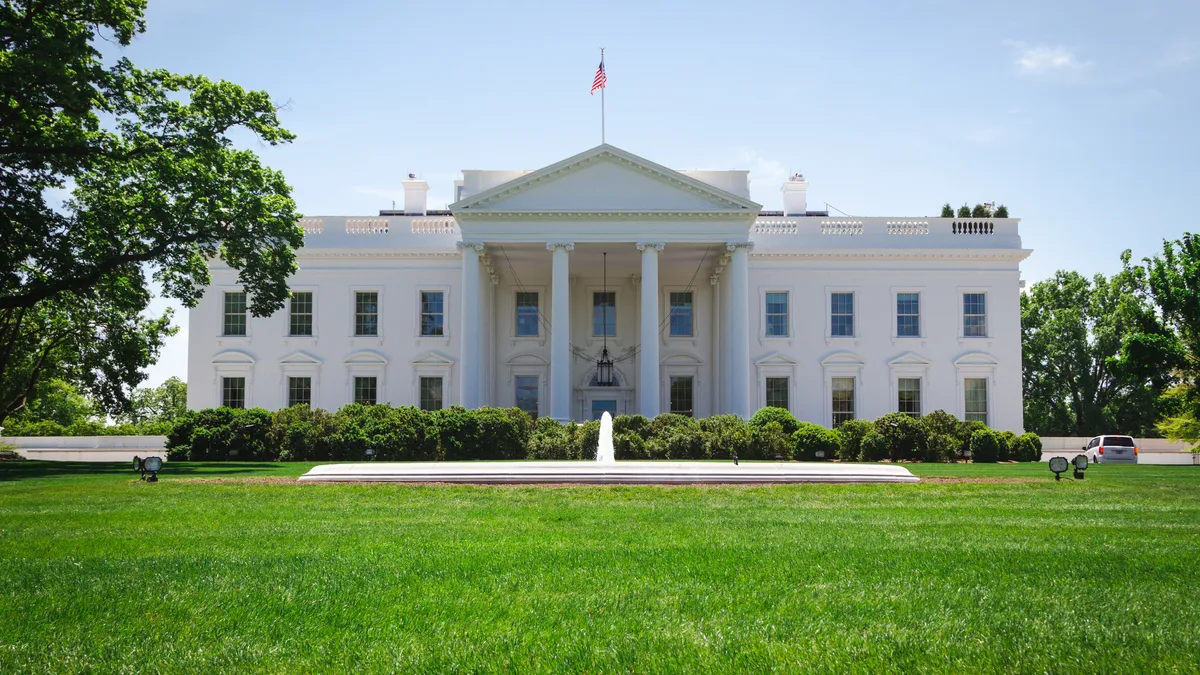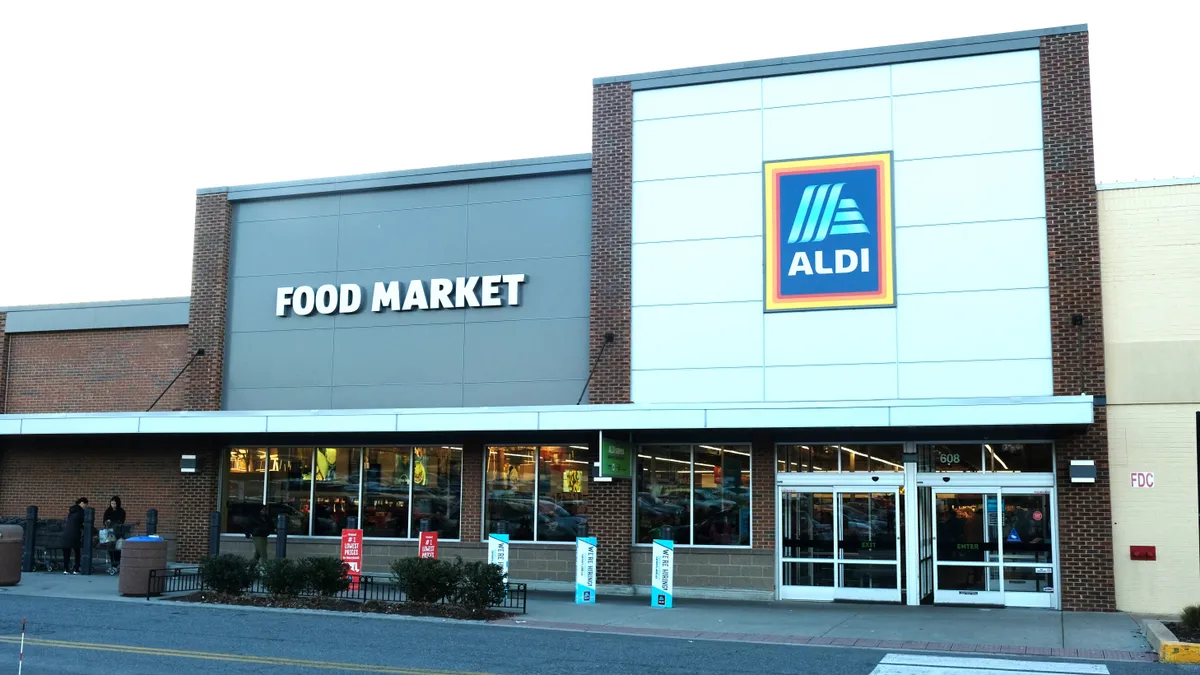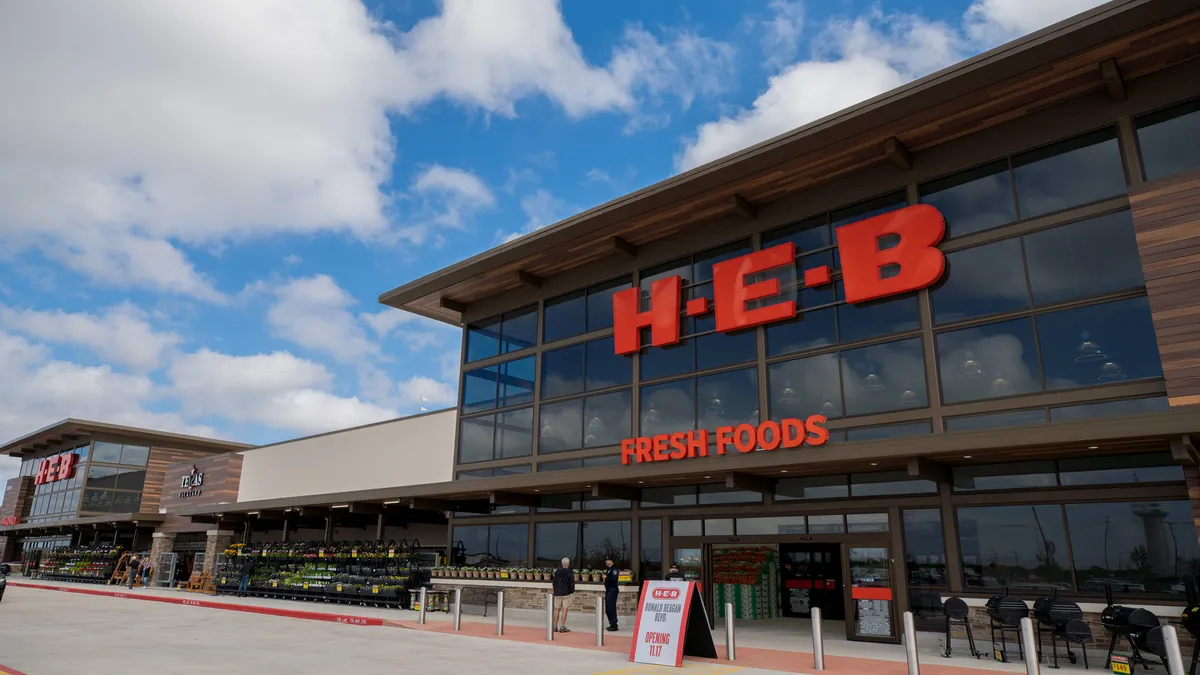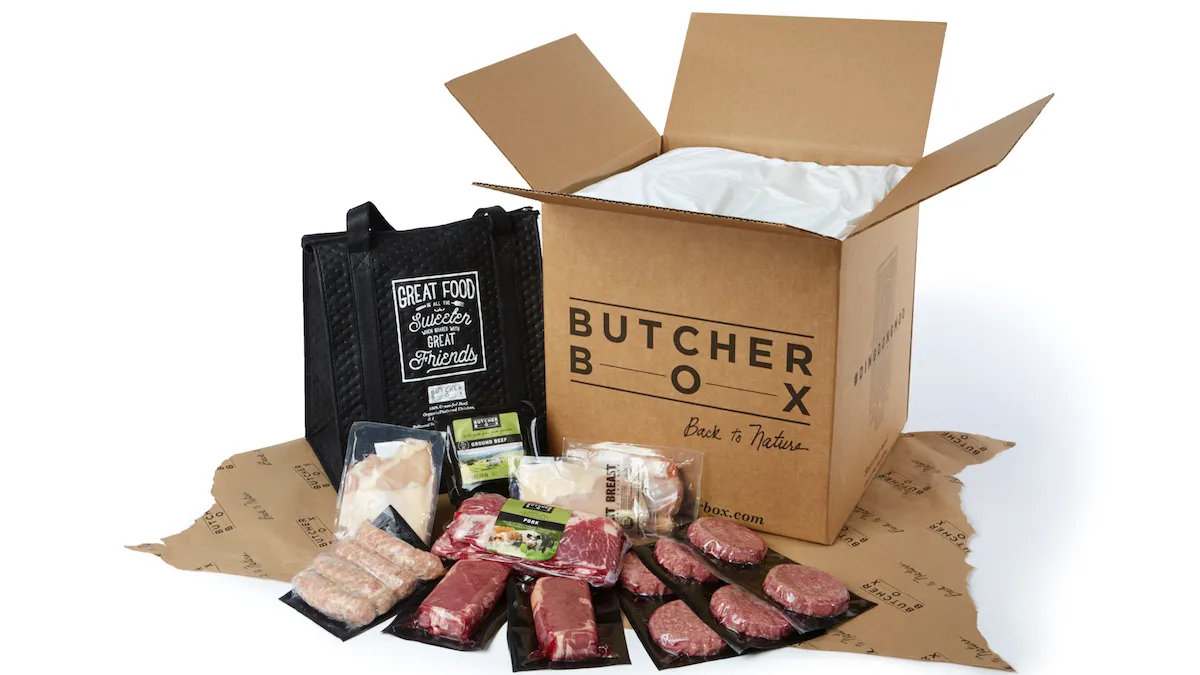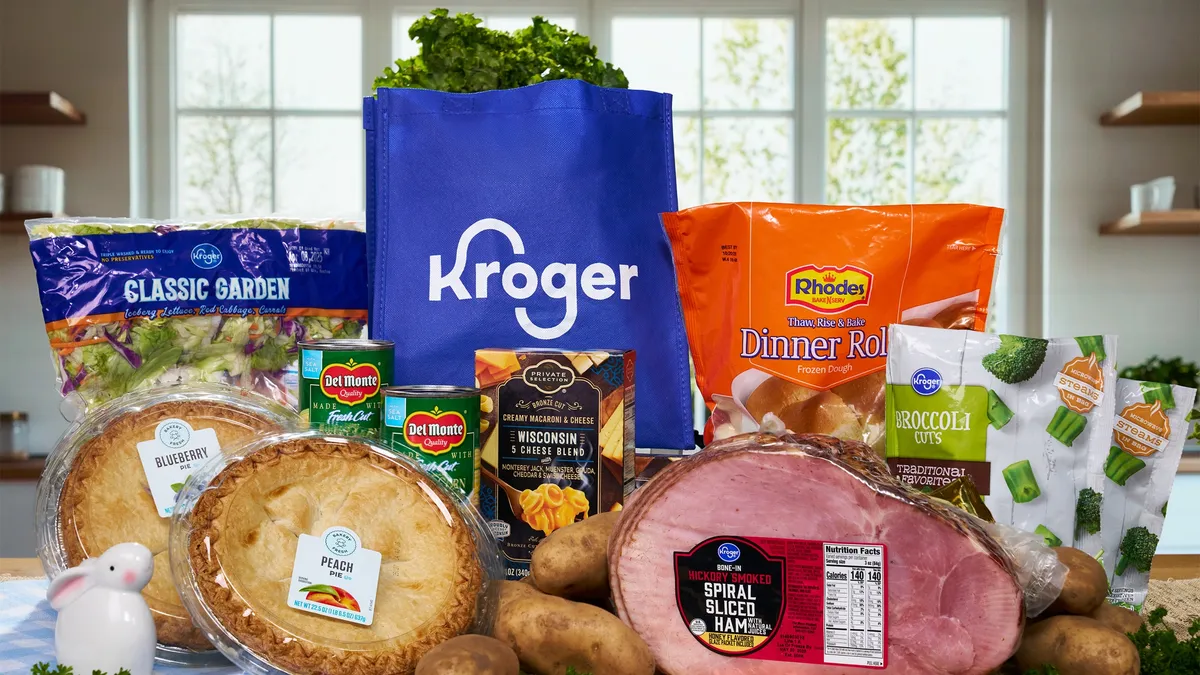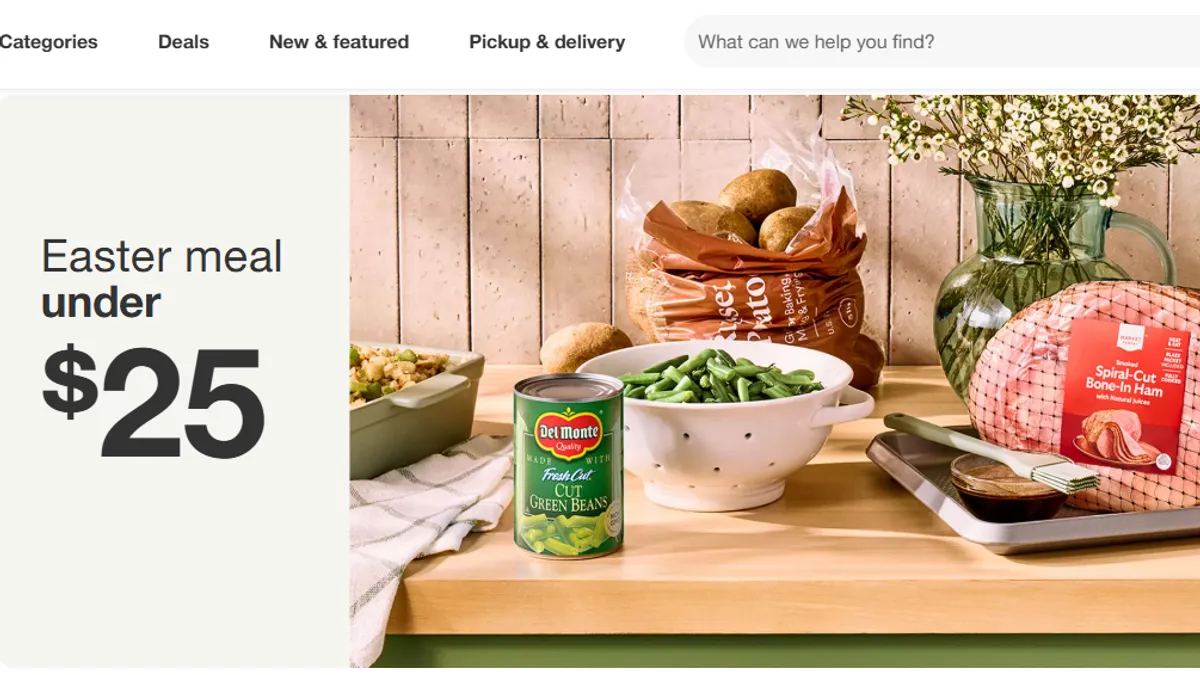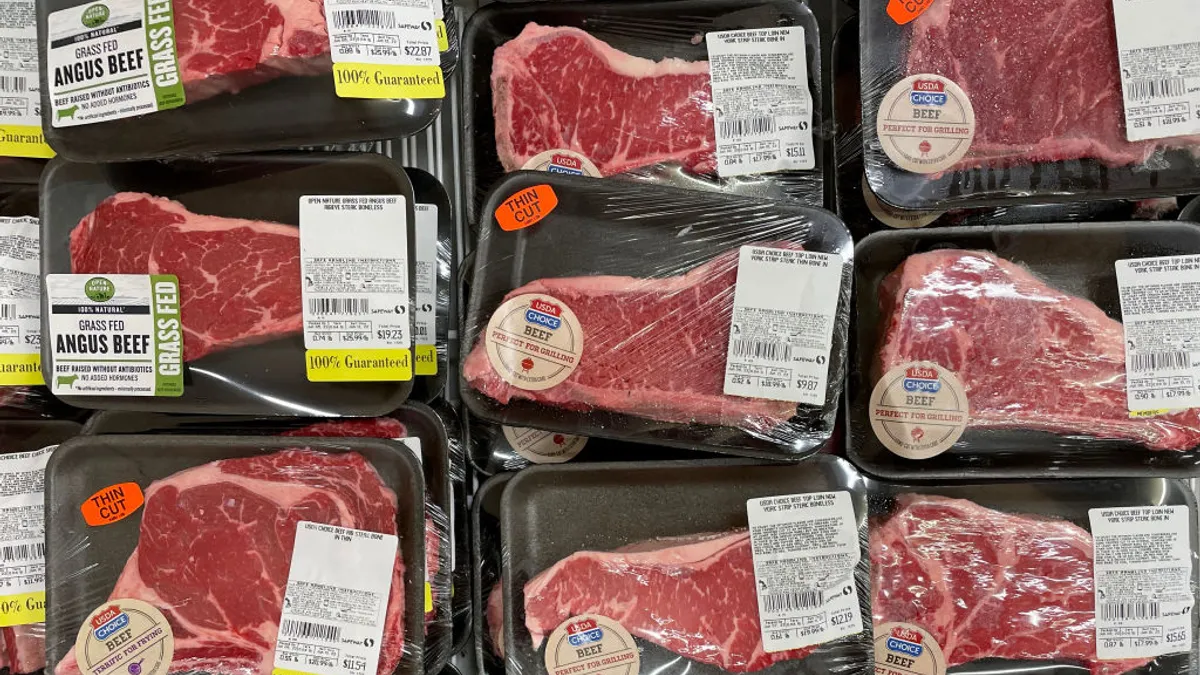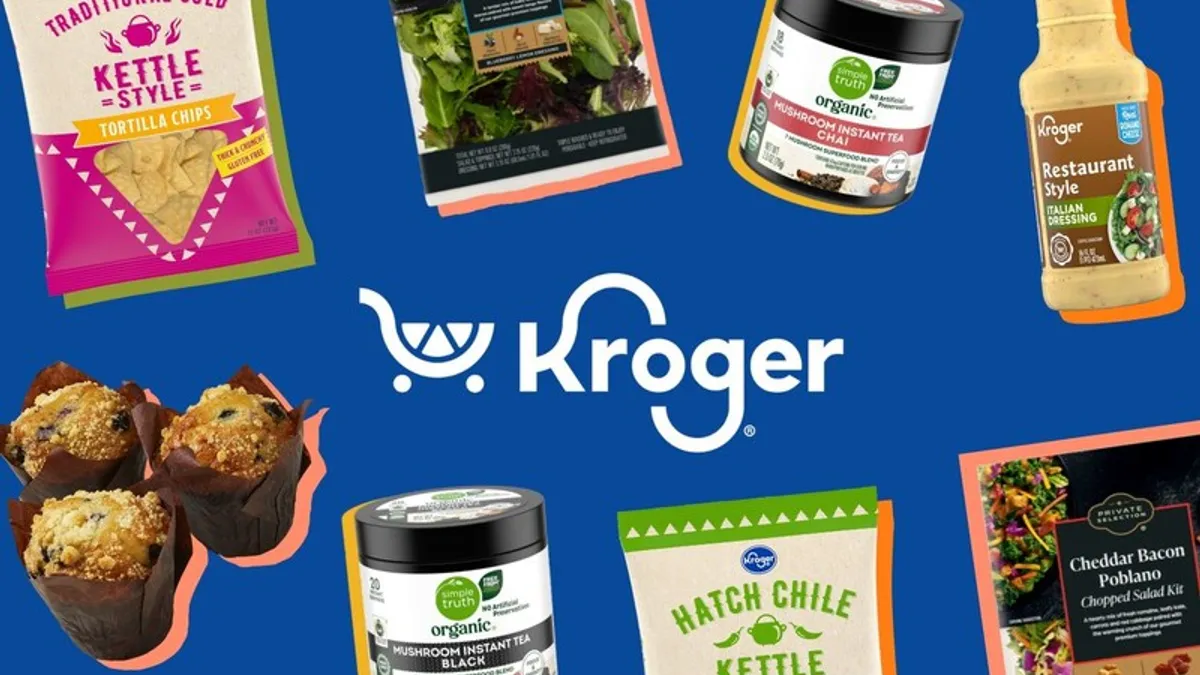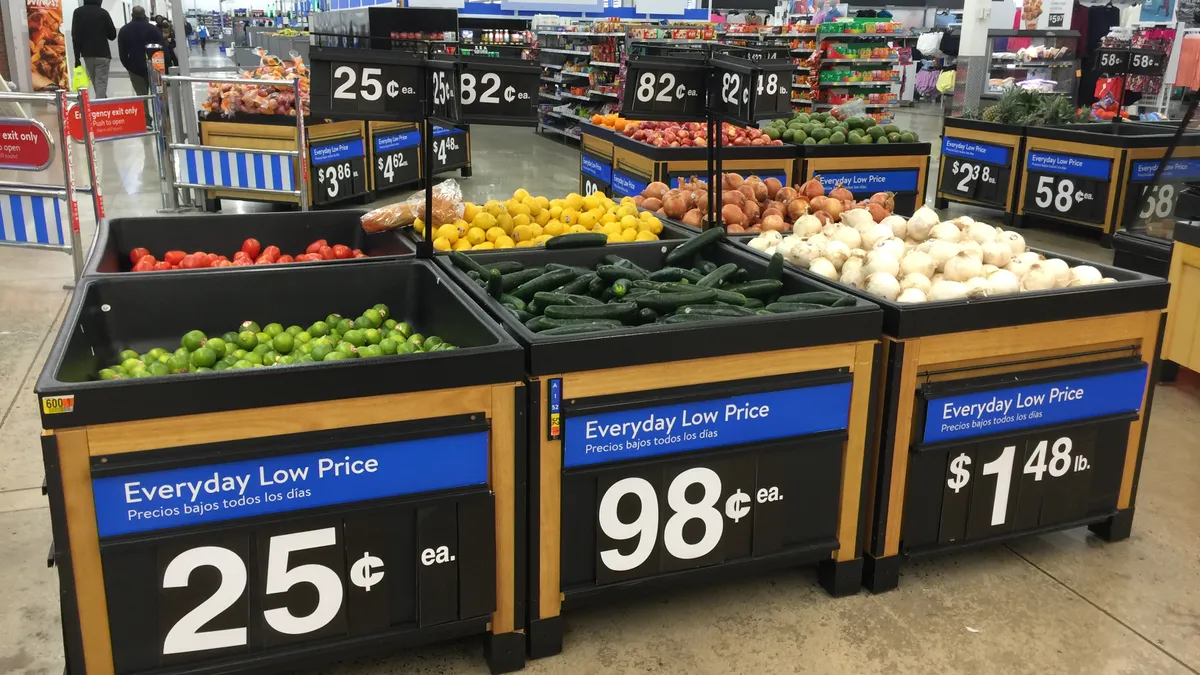Even as the Trump administration’s plans to impose steep tariffs on foods and other imports from Canada and Mexico remain in flux, the potential for a sudden increase in the cost of foods from those countries is posing a sharp challenge to grocers.
Consumers are likely to have trouble understanding factors that affect grocery prices, said David Ortega, a professor and food economist at Michigan State University.
Shoppers “don’t know what portion of [a] price is because of a tariff or [if] it’s because of increases in transportation costs or labor costs. They just see the price increase,” Ortega said. “And so it’s important to communicate with consumers, to educate consumers about what is happening in [terms of] the effects of these policies on food prices.”
President Donald Trump said in an executive order issued Saturday that the U.S. would begin collecting an additional 25% tariff on goods imported from Canada and Mexico and an additional 10% tariff on Chinese imports to hold those countries “accountable to their promises of halting illegal immigration and stopping poisonous fentanyl and other drugs from flowing into our country,” per a White House fact sheet.
In response, the government of Canada announced on Saturday that it would impose 25% tariffs on 155 billion Canadian dollars ($106 billion) worth of goods the country imports from the U.S. due to “the unjustified and unreasonable tariffs” Trump placed on Canadian imports, according to a press release from Department of Finance Canada. Canada’s tariffs on U.S. products were set to begin Tuesday with levies on 30 billion Canadian dollars worth of items, such as orange juice, peanut butter, wine, spirits, beer and coffee.
Trump and Canadian Prime Minister Justin Trudeau agreed on Monday to pause the tariffs the two countries were preparing to implement on Tuesday “for at least 30 days while we work together” to address issues Trump raised, including reinforcing the border, Trudeau announced in an afternoon post on X.
Trump also paused the tariffs set to go into effect on Tuesday on Mexican imports after Mexican President Claudia Sheinbaum said she would send thousands of troops to the border to squelch fentanyl shipments into the U.S., sister publication Supply Chain Dive reported. Like Canada, Mexico was ready to impose tariffs on goods from the U.S., according to Reuters.
U.S. tariffs on Chinese goods did go into effect as planned on Tuesday, prompting China to impose tariffs of as much as 15% on some U.S. goods starting Feb. 10, Supply Chain Dive reported.
“China’s position is firm and consistent. Trade and tariff wars have no winners. The U.S.’s unilateral tariff hikes severely violate WTO rules. This move cannot solve the U.S.’s problems at home and more importantly, does not benefit either side, still less the world,” a Chinese Foreign Ministry spokesperson said in a statement posted by the Chinese embassy in Washington, D.C., on Saturday.
Brent Stewart, president of Kroger-owned QFC, which operates supermarkets in Washington state and Oregon, said the chain is keeping a close eye on the fast-moving tariff situation.
“We’re very aware of it, and we’re creating plans … but we’ve got to see where this whole thing irons out because it could end as quick as we’re hearing about it,” Stewart said Monday. “We’re just trying to understand it and where it’s really all heading. We hate to see prices go up any more.”
QFC sees its employees as an essential link in communicating about pricing issues with shoppers, Stewart added.
“It’s about educating our associates [about] what’s happening out there so they can make sure and inform our customers if they’ve got questions or concerns about what’s happening,” he said.
The U.S. is heavily reliant on food from abroad, especially fresh goods. According to the USDA, Mexico supplied 63% of U.S. vegetable imports and 47% of U.S. fruit and nut imports in 2023. A report published last year by the Center for North American Studies at Texas A&M University noted that since 2020, the U.S. has imported a larger proportion of the fresh fruit the country consumes than it produces itself.
In addition, U.S. consumers expect many products, including perishables, to be available throughout the year, Ortega said. “We rely on imports from our neighbors … to be able to meet year-round consumer demand for things like fresh produce, fresh fruit, items that we’re not able to grow domestically,” he said.
Leslie Sarasin, president and CEO of FMI — The Food Industry Association, also noted that grocers depend on food imports to meet consumer demand for products throughout the year. “[T]ariffs will put incredible pressure on our members. New tariffs will also drive up the cost of doing business and food prices at a time consumers are extremely concerned about prices,” Sarasin said in a Friday statement.
The National Grocers Association also weighed in on the challenges tariffs pose for grocers: “We are hopeful these issues will be resolved quickly to minimize the impacts felt by American consumers who remain affected by elevated prices,” NGA President and CEO Greg Ferrara said in a statement.
Correction: A previous version of this story misstated a statistic published in a report by the Center for North American Studies at Texas A&M University. Since 2020, the U.S. has imported a larger proportion of the fresh fruit the country consumes than it produces itself, according to the report.



